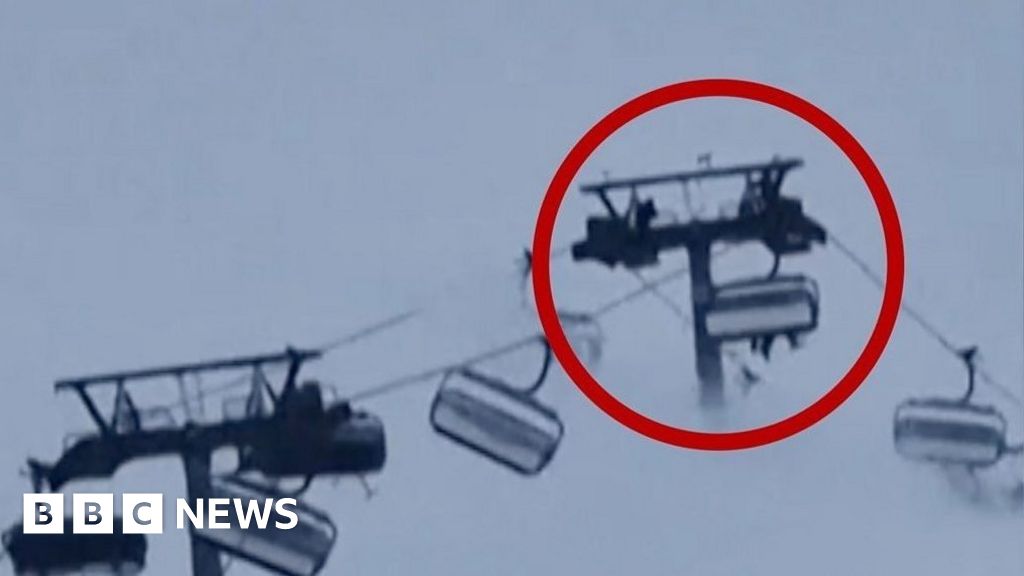When warmth waves swept throughout giant components of the planet final summer time, in lots of locations the oppressive temperatures loitered for days or perhaps weeks at a time. As local weather change warms the planet, warmth waves are more and more transferring sluggishly and lasting longer, in line with a examine revealed on Friday.
Every decade between 1979 and 2020, the speed at which warmth waves journey, pushed alongside by air circulation, slowed by about 5 miles per day, the examine discovered. Warmth waves additionally now final about 4 days longer on common.
“This actually has sturdy impacts on public well being,” mentioned Wei Zhang, a local weather scientist at Utah State College and one of many authors of the examine, which appeared within the journal Science Advances.
The longer warmth waves stick round in a single place, the longer individuals are uncovered to life-threatening temperatures. As employees decelerate throughout excessive warmth, so does financial productiveness. Warmth waves additionally dry out soil and vegetation, harming crops and elevating the danger of wildfires.
These adjustments to warmth wave habits have been extra noticeable for the reason that late Nineties, Dr. Zhang mentioned. He attributes the adjustments largely to human-caused local weather change, but in addition partially to pure local weather variability.
The examine is among the many first to trace how warmth waves transfer by way of each area and time.
Rachel White, an atmospheric scientist on the College of British Columbia who wasn’t concerned within the paper, mentioned she had been ready to see analysis like this.
“We all know that local weather change is rising the depth of warmth waves. We all know local weather change is rising the frequency of warmth waves,” Dr. White mentioned. “However this examine actually helps us perceive extra about how that’s occurring.”
Dr. Zhang and his colleagues analyzed temperatures around the globe between 1979 and 2020. They outlined warmth waves as contiguous areas reaching a complete of 1 million sq. kilometers (247 million acres) or extra, the place temperatures rose to a minimum of the ninety fifth percentile of the native historic most temperature (mainly, huge blobs of unusually sizzling air). The warmth waves additionally needed to final for a minimum of three days. The researchers then measured how far these big air plenty moved over time to calculate their pace.
Over all of the years they studied, warmth waves slowed down by about 8 kilometers per day every decade, or practically 5 miles per day every decade.
The common life span of warmth waves has additionally stretched out: From 2016-20, they persevered for a median of 12 days, in contrast with eight days from 1979 to 1983. These longer-lived warmth waves are additionally touring farther, rising the space they journey by about 226 kilometers per decade.
The researchers additionally discovered that warmth waves have gotten extra frequent, to a median of 98 per 12 months between 2016 and 2020, from 75 per 12 months between 1979 and 1983.
There are some regional variations. Warmth waves are lasting longer significantly in Eurasia and North America. And they’re touring farther significantly in South America.
To look at the function of local weather change, the researchers used fashions to simulate temperatures in eventualities with and with out the warming from human greenhouse fuel emissions. They discovered that the situation with these emissions was one of the best match for what has really occurred to warmth wave habits, indicating that local weather change is a serious power behind these tendencies.
Scientists have began to detect a bigger sample of air circulation and higher environment winds just like the jet streams getting weaker, a minimum of in the course of the summer time at greater latitudes within the Northern Hemisphere. This might trigger excessive climate occasions of all types to stall and overstay their welcome.
“It stands to motive that that may decelerate the pace of warmth waves,” mentioned Stephen Vavrus, the state climatologist for Wisconsin. Dr. Vavrus research atmospheric circulation however wasn’t concerned on this analysis.
The brand new examine did discover a correlation between a weaker jet stream and slower warmth waves. Dr. White, nevertheless, thinks extra analysis is required to find out whether or not the jet stream is actually the trigger.
Regardless of the precise causes for the slowdown, the dangerous results stay.
“It’s kind of a number of elements conspiring collectively,” Dr. Vavrus mentioned. If warmth waves change into extra frequent, extra intense, last more and canopy a higher space, he mentioned, “that actually will increase the priority we now have for his or her impacts.”
Dr. Zhang is particularly involved about cities, which are sometimes hotter than their surrounding areas due to the city warmth island impact. “If these warmth waves final within the metropolis for for much longer than earlier than, that may trigger a really harmful scenario,” he mentioned.
Alongside his atmospheric analysis, Dr. Zhang helps with native efforts to plant extra timber and grasses round bus stops in Salt Lake Metropolis, the place folks have to attend within the solar throughout more and more sizzling summers. He recommended that cities construct extra cooling facilities, particularly for folks experiencing homelessness.
“There are some issues a group can do,” he mentioned.
Whereas ready for worldwide leaders to make progress on chopping greenhouse fuel emissions and stopping local weather change, Dr. Zhang mentioned, native adaptation efforts are vital to assist preserve folks safer.







